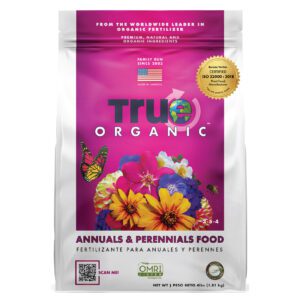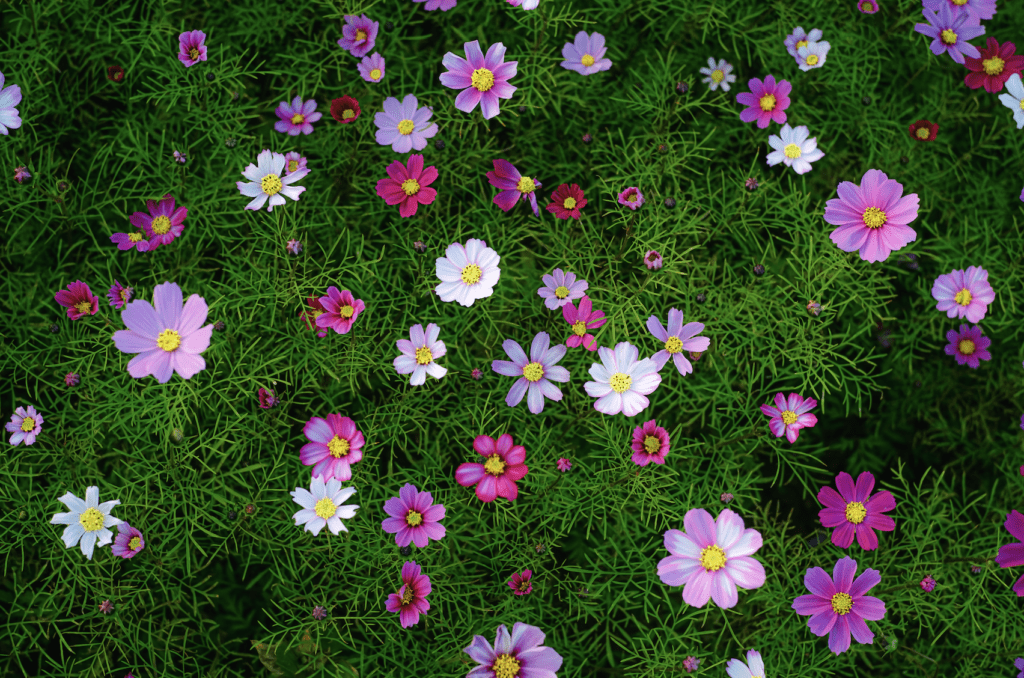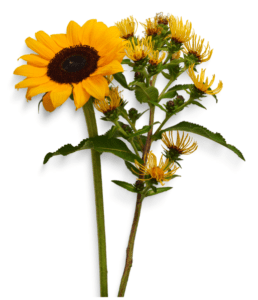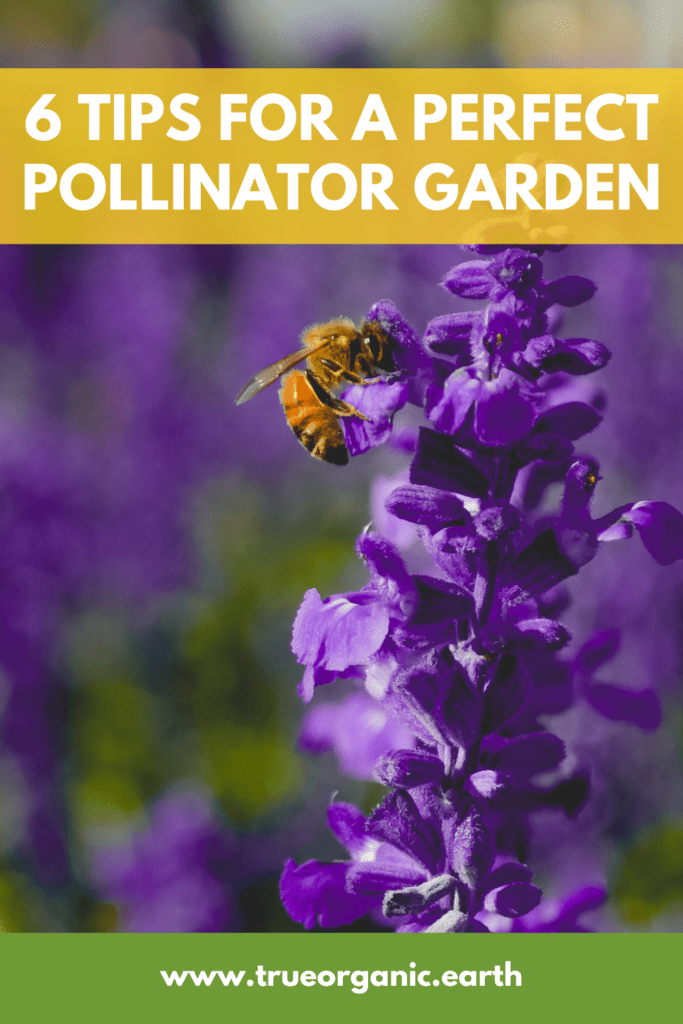March 8, 2023
6 Tips for a Perfect Pollinator Garden
Pollinators are ecosystem heroes. 🦋
Bees, butterflies, moths, bats, birds, and even wasps have ensured that plants can reproduce long before humans started cultivating plants. Without them, the world as we know it would be impossible — all the food we grow, plant resources we use, and plant-expelled oxygen we breathe is dependent on pollinators.
Creating a pollinator paradise is simple, but there are a few important things to know before you get started. All the resources you need are at your fingertips online or at your local garden store…and we’ll start you off with some basic knowledge!
Here are six tips for growing a stunning pollinator garden this year, including a few easy-to-grow pollinator-friendly plants to try.
1. Choose native plants
Selecting plants that are native to your region will increase the benefits of your garden to pollinators and to the entire ecosystem.
“Native plants share a long evolutionary history with their pollinators,” writes Constance Schmotzer of Penn State University’s Agricultural Extension.
Not only are native plants easier to maintain (because they evolved to thrive in your climate!), but they are also experts at attracting your local pollinators. Plus, they tend to be more hardy and can flourish without harsh fertilizers and pesticides, thanks to the adaptations they’ve gained through millennia of growing in your climate, soil type, and in relationship with other local native plants and wildlife.
Do your research (online and at a local nursery) to find out what kinds of native pollinator-friendly flowers (and the grasses and other types of plants that support a healthy ecosystem) are good to grow in your soil and Plant Hardiness Zone. Contacting your local Master Gardeners or the closest agricultural university extension is also a great way to get more detailed info on native plants for your garden.
 2. Prioritize biodiversity
2. Prioritize biodiversity
You want to focus on biodiversity in any garden you’re growing, that’s for sure. It’s especially important when cultivating a pollinator garden.
Biodiversity (cultivating a wide variety of crops) is key for a pollinator paradise — and key for the health of our whole planet.
Some pollinators can get nectar and pollen from a wide variety of flowers, but others have specialized needs and some have special needs when it comes to gathering their food. A successful pollinator garden has something for everyone.
Create a garden full of unique varieties so pollinators have lots of different options. Choose plants with pollen-rich blooms in a variety of shapes, sizes, and colors.
Make sure there is food for the caterpillars too! Baby pollinators (larvae) need to eat the leaves of native trees, shrubs, and perennials, and many caterpillars can only eat one or two specific kinds of “host” plant. This host plant is also where the butterflies or moths will lay their eggs to hatch into new pollinators!
So check out what kind of host plants your local pollinator larvae need to eat and make sure those are in your garden, too.
3. Go organic
Harsh chemical fertilizers and pesticides cause more harm than good for pollinators. But we probably didn’t need to tell you that. 😉
Our brand new Annuals & Perennials Food will be perfect for your pollinator garden.
Limit hybrids and heavily genetically altered plants, too. These may have lost their ability to produce nectar and pollen (especially if they have been hybridized for special blooms or extra color).
4. Stagger your blooms
The longer you have blooming flowers, the longer pollinators can enjoy their harvest in your garden! Pollinators will be emerging, building their colonies, and laying eggs at different times of year and need food throughout.
Look for plants with a diverse timeline of blooming periods. Try for early spring bloomers and some flowers that will last to late fall.
5. Location matters
Plant you pollinator-friendly plants in drifts of color. Clump several plants of the same type together to give pollinators a bright, attractive swath of colorful, fragrant blooms!
6. Try these easy-to-grow pollinator plants
- Yarrow: This lovely yellow wildflower is a signature of pollinator gardens from Zones 3 to 10.
- Milkweed: This Zone 9-10 plant is the sole food of monarch butterfly larvae and feeds many other types of pollinator.
- Sunflower: You can’t go wrong with sunflowers. You can find a variety for just about every zone that blooms late into fall.
- Goldenrod: These gorgeous, brightly colored blooms are vital for monarchs, too, in Zones 4-8.
Show us your True Organic Plants
#GrowWithTrue
www.trueorganic.earth

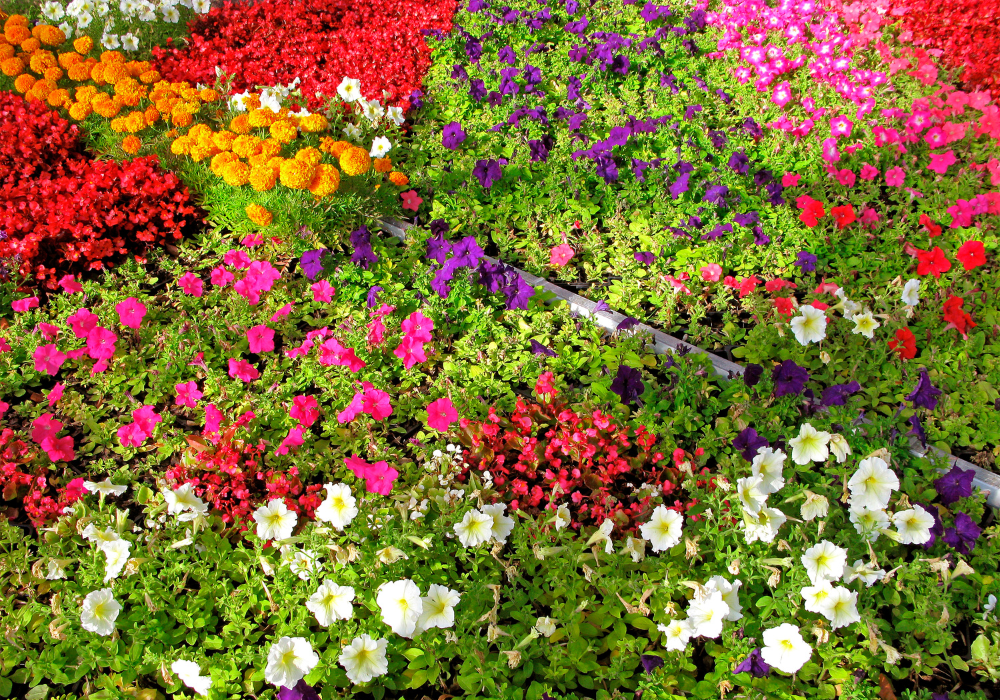
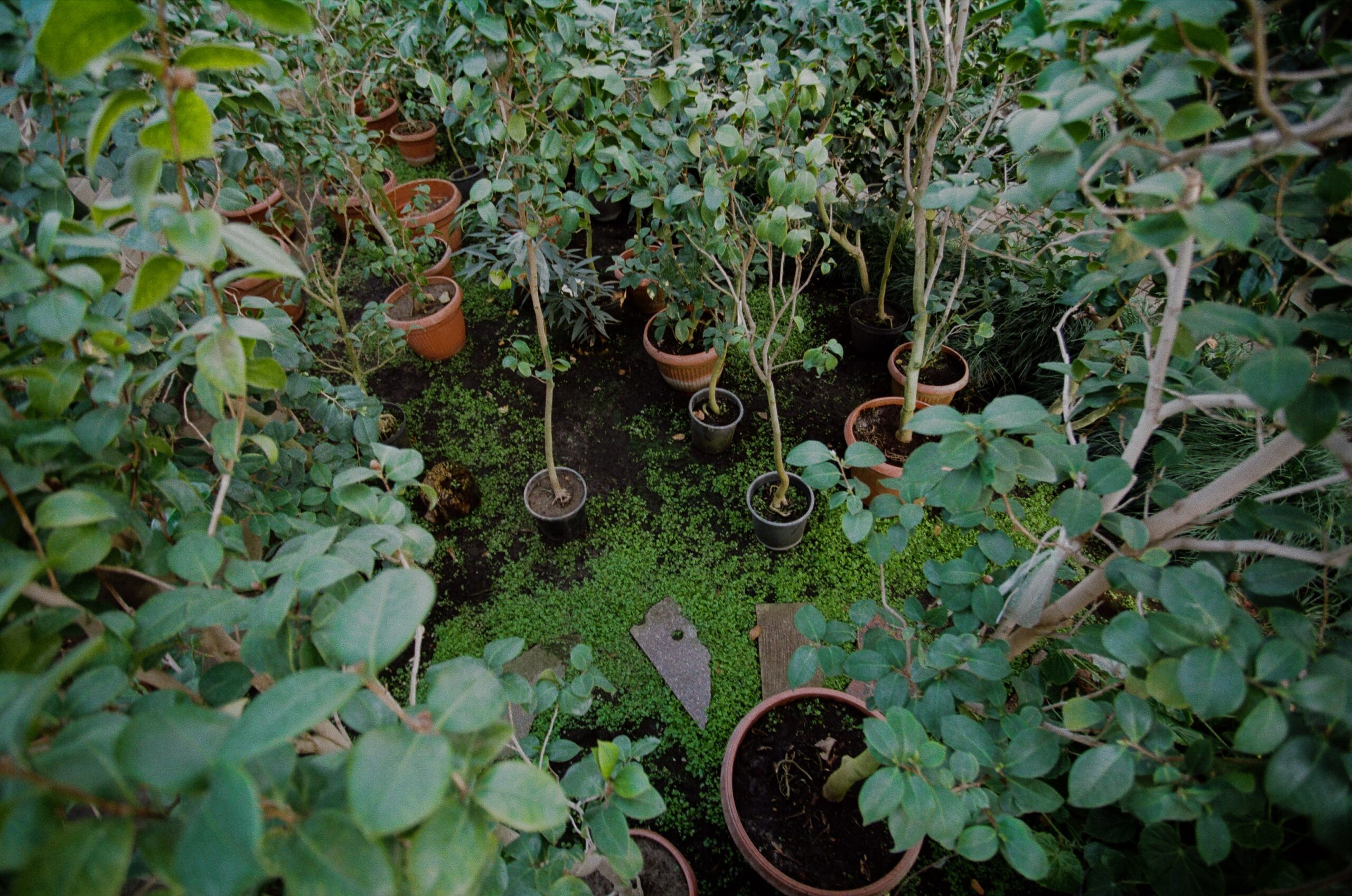 2. Prioritize biodiversity
2. Prioritize biodiversity